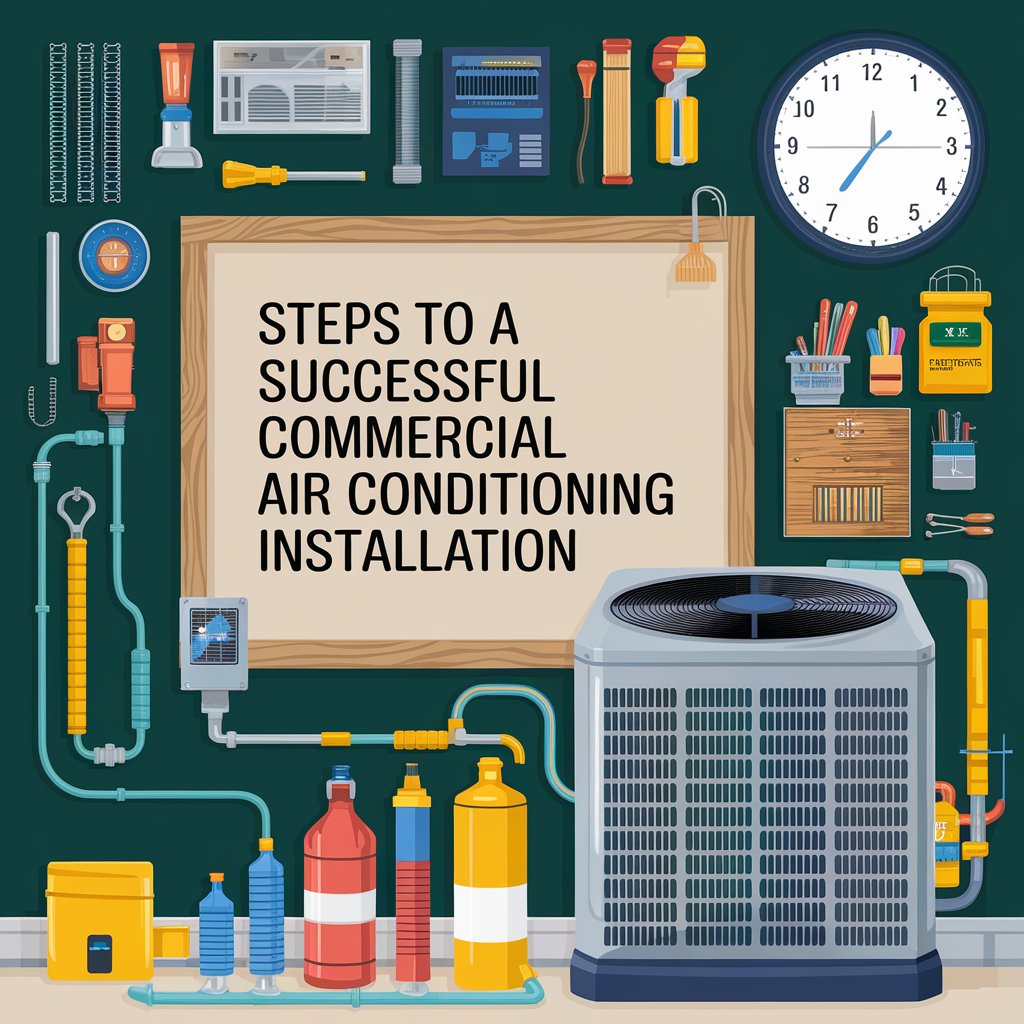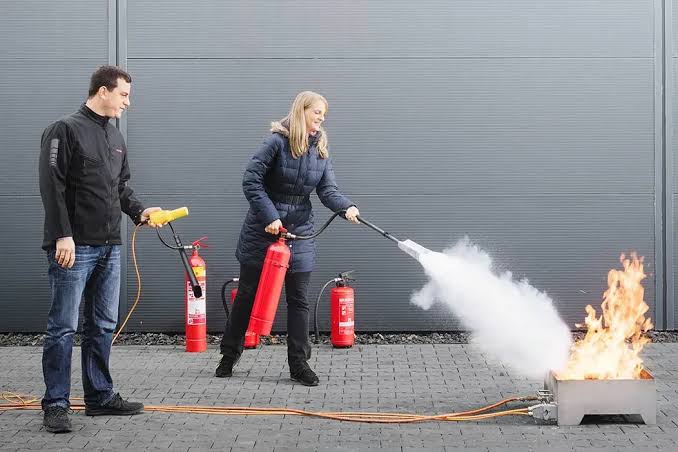Installing a commercial air conditioning system is a major investment, particularly in regions where year-round temperature control is essential. To achieve an installation that maximizes comfort and efficiency while minimizing potential future issues, following a series of strategic steps is crucial. In this guide, we delineate the key phases of commercial air conditioning installation to assist business owners through the process.
1. Assessment and Planning
The initial phase of any commercial air conditioning installation involves a comprehensive evaluation of the building’s cooling requirements. This assessment includes analyzing the building’s layout, size, and usage, along with local climate factors. For businesses, it’s crucial to consider high humidity and salt air, which can impact system performance and longevity. Planning should also involve selecting the most suitable type of air conditioning system—be it a central system, split units, or a specialized setup like chilled water systems. This step is vital to ensure the chosen system is both efficient and capable of meeting the climate’s demands.
2. Choosing the Right Equipment
After assessing the needs, the next step is to select the appropriate equipment. This comprises not only air conditioning units but also thermostats, ductwork, and other components. Choosing high-quality equipment that aligns with the specific requirements identified during the assessment is crucial. Opt for energy-efficient and durable units to withstand environmental conditions and minimize long-term operational costs.
3. System Design and Ductwork
Efficient ductwork design is crucial for the performance of any commercial air conditioning system. Poorly designed ductwork can result in energy loss, uneven cooling, and accelerated wear on the system. Skilled HVAC technicians can create a ductwork layout that guarantees optimal airflow and energy efficiency. Special attention may be required to prevent corrosion caused by salt and moisture in the air.
4. Professional Installation
The installation of a commercial air conditioning system should always be entrusted to certified professionals. This crucial step ensures that the system functions efficiently, avoiding issues such as insufficient cooling, elevated energy expenses, and frequent repairs. Skilled technicians with expertise in local climate conditions will guarantee that the system is installed properly and optimized for the area’s weather patterns.
5. Testing and Commissioning
Once installed, the system should undergo thorough testing and commissioning. This involves verifying that all components function properly and that the system aligns with its design specifications. Such testing guarantees that the air conditioning system is prepared to operate at full capacity, meeting the demands of a commercial setting.
6. Regular Maintenance Setup
After installing and testing the system, establishing a regular maintenance schedule is essential. Routine maintenance is vital for prolonging the lifespan of the air conditioning system, ensuring efficient operation, and avoiding costly repairs. For businesses, this also includes inspecting for rust and corrosion prevention, especially in humid, salty environments.
Conclusion
Installing a commercial air conditioning system in Hawaii requires meticulous steps to ensure optimal performance. It begins with thorough planning, where understanding the building’s specific cooling requirements is crucial. This involves assessing the size, design, and insulation of the building to choose the most suitable system. The next critical step is selecting the right equipment; opting for high-efficiency units that can endure the unique climate, enhances performance and reduces energy costs. Once the appropriate equipment is chosen, expert installation is paramount. Skilled professionals must ensure each component is installed correctly and finely adjusted for peak efficiency. Beyond installation, regular maintenance is essential to maintaining performance over time. Routine inspections, filter changes, and system tune-ups are necessary to prevent breakdowns and extend the system’s lifespan.






